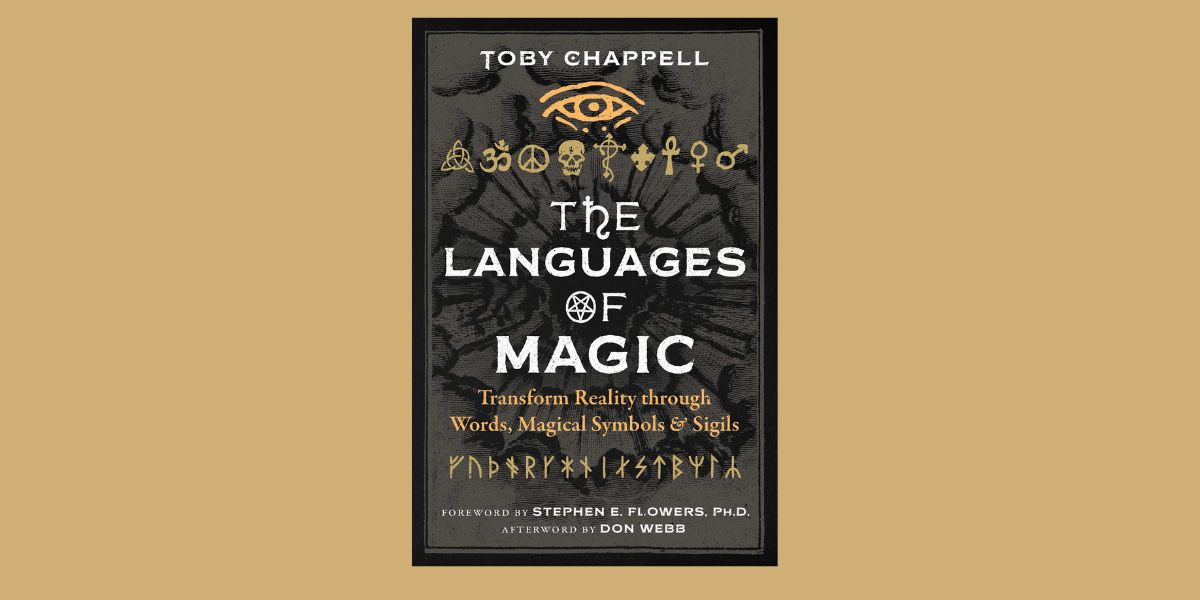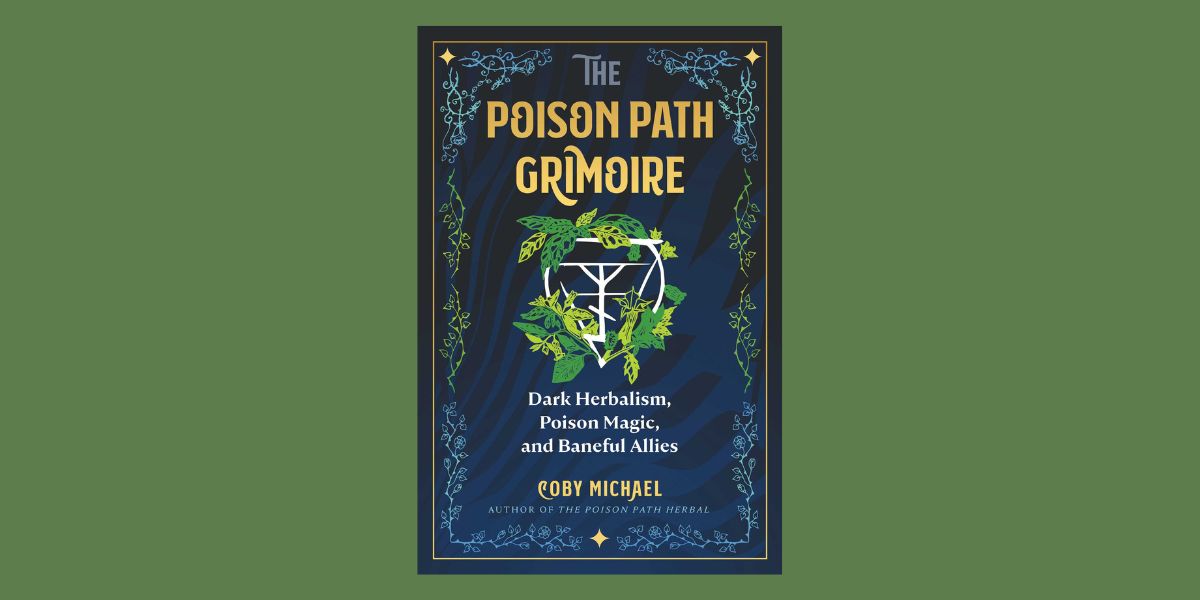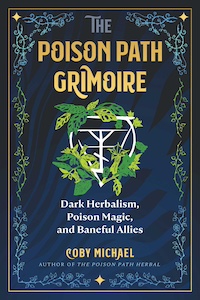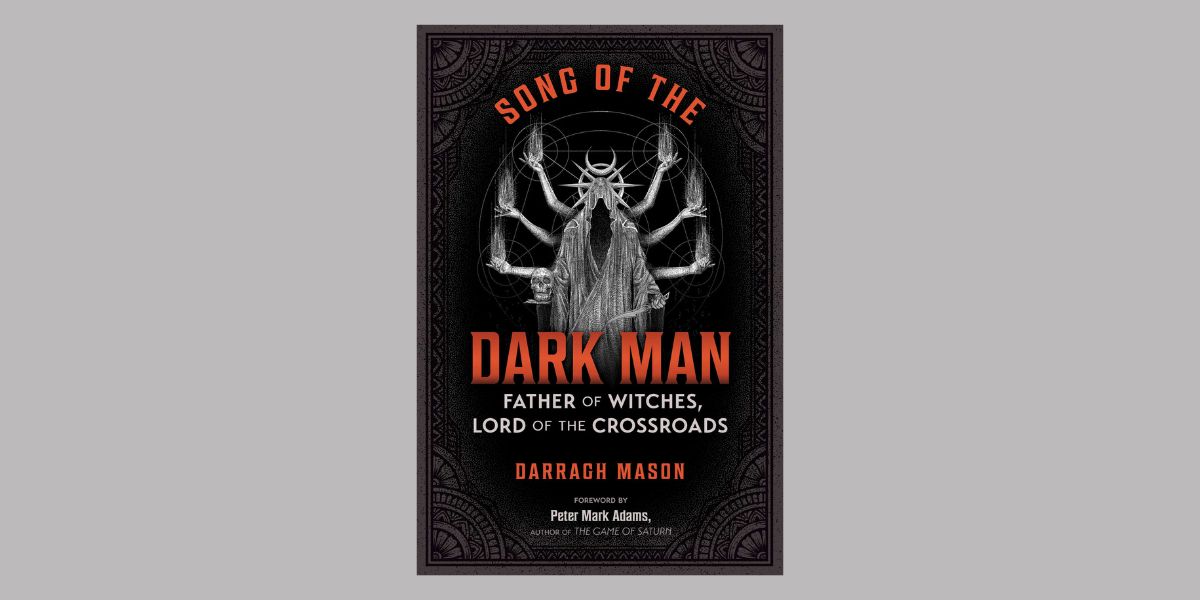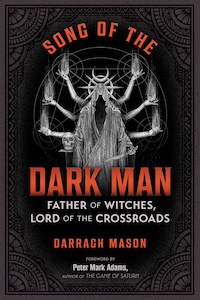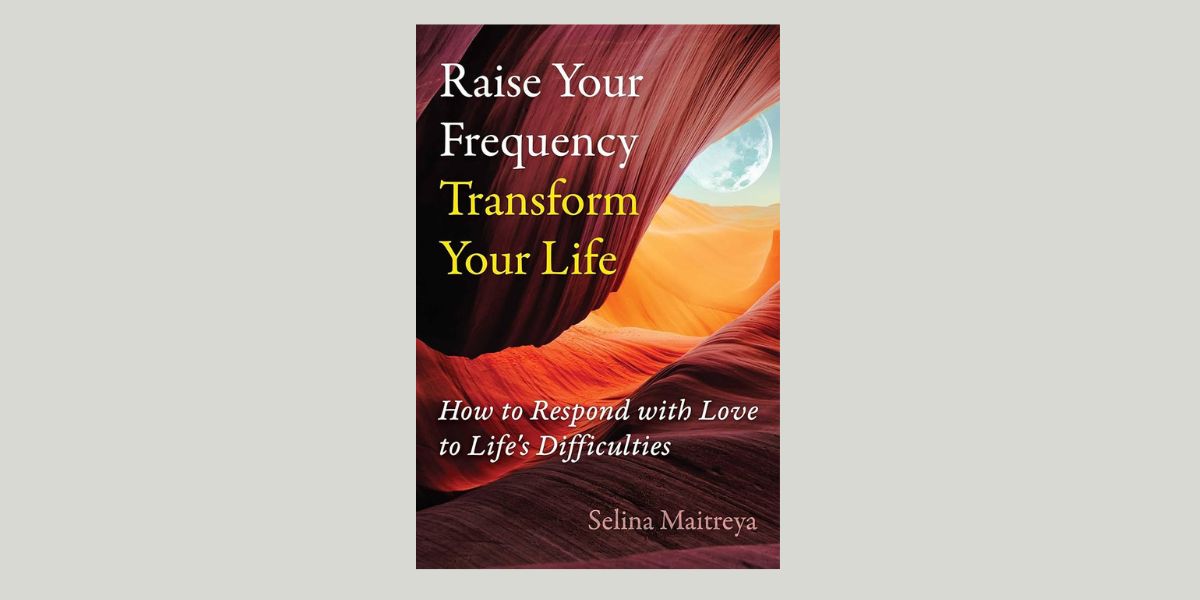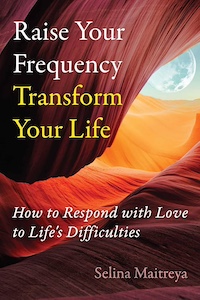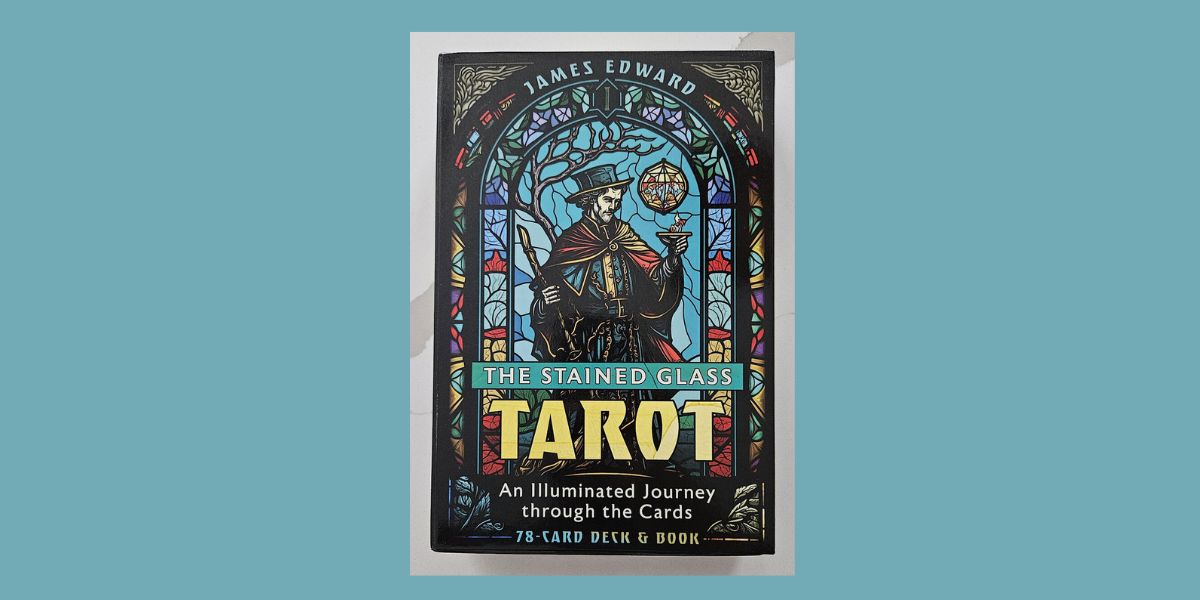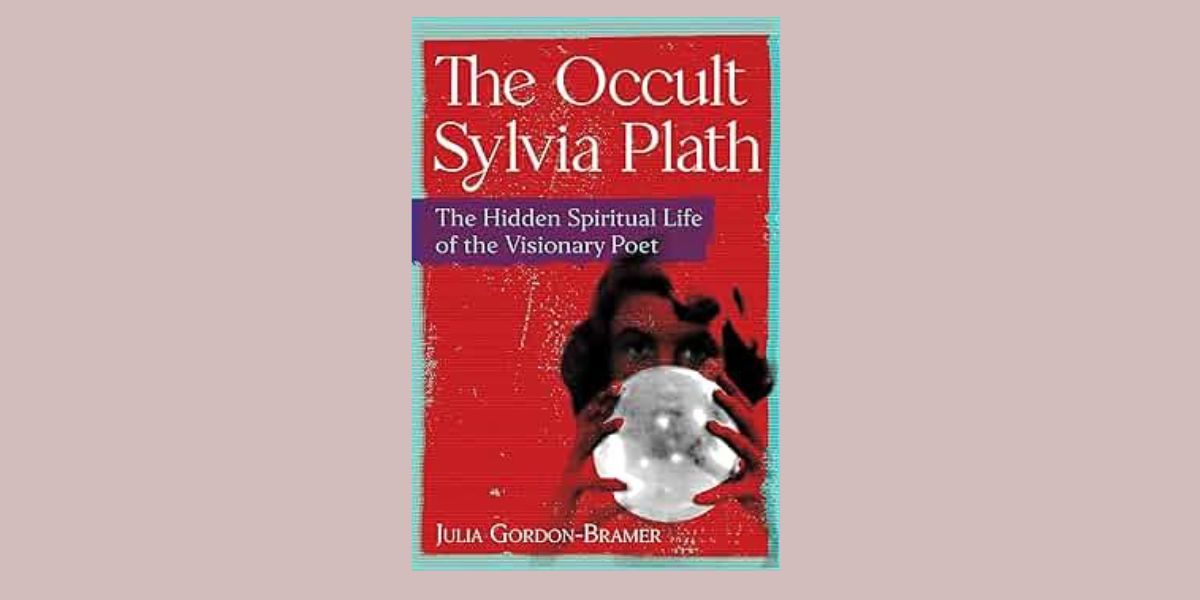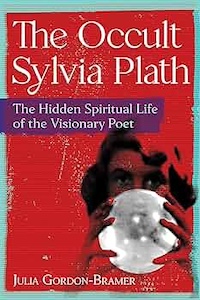
Palmistry for Happiness: Transformational Power of Vedic Hand Reading, by Ghanshyam Singh Birla and Guylain Vallée
Destiny Books, 979-8888500378, 256 pages, April 2025
Palmistry for Happiness by Ghanshyam Singh Birla and Guylain Vallée offers a unique and insightful approach to Vedic palmistry, merging traditional techniques with modern understandings of psychology and well-being. This book is designed not only to teach readers the art of reading palms but also to help them gain a deeper understanding of themselves and others, fostering a path toward greater happiness and fulfillment.
Ghanshyam Singh Birla (1941-2024) began learning Vedic palmistry and astrology from his paternal grandfather in India. His grandfather was a well-known palm reader, astrologer and Ayurvedic healer. After moving to Canada, Birla founded the Birla Vedic Center in Quebec. He also wrote numerous textbooks on palmistry and taught classes for more than 40 years.
Guylain Vallée is the protegee of Ghanshyam Singh Birla and has been involved with the Birla Vedic Center since 1985. As a Vedic palmist, astrologer, and teacher, Vallée has taught thousands of students. She has even written a biography about her life as a palmist titled The Happy Palmist. Working with Birla, Vallée has also created a series of 90-Day Challenges to utilize palmistry as a powerful self-development tool.
Birla and Vallée take readers beyond the stereotypical mysticism often associated with palmistry. Instead, they emphasize the hand as a map of the psyche—revealing our strengths, weaknesses, emotional patterns, and even our capacity for love and joy. The tone is compassionate and motivational, inviting the reader on a journey of self-discovery.
One of the book’s strongest points is how it blends technical palmistry with relatable life lessons. The authors explain the lines, mounts, and shapes of the hand in clear, accessible language, often supplemented with real client stories that add depth and warmth to the teachings. The anecdotes are especially powerful, showing how subtle shifts in behavior and awareness can lead to changes in the lines of the hand—literally rewriting one’s life story.
In fact, the authors devote the last chapter of the book to the idea of “growing” lines that represent happiness. They share an example of spiritual leader Wayne Dyer and how he was able to “transform past hurts and anger into wisdom and empathy, bringing joy and happiness to”1 his life. The authors first met Dyer in 2003 and took his handprints at that time. Later, when they saw him again in 2015, they took his prints again and noticed this change:
“We see this in his after handprint where his heart line branch is no longer turning downward, confirming that his former emotional reservations had melted away. This reveals his deep conviction to love unconditionally, regardless of how other people treated or responded to him.”2
Palmistry for Happiness includes numerous case studies and practical exercises that encourage readers to apply what they have learned. The case studies provide real-life examples of how palmistry can be used to enhance personal and professional relationships, improve emotional health, and achieve personal goals.
Birla and Vallée bring a wealth of knowledge and experience to the topic. Their backgrounds in both traditional palmistry and contemporary psychological practices provide a holistic view that enriches the reader’s understanding. Their expertise is evident in the detailed analysis and thoughtful guidance offered throughout the book.
The book is beautifully illustrated, with clear diagrams and photographs that complement the text. The design is both aesthetically pleasing and functional, making it easy for readers to follow along and practice their palmistry skills. When the authors discuss a certain marking, they present at least one photograph of a handprint that shows the marking. They also show contrasting markings, to better understand the significance of differences.
For example, in their discussion of Mars markings, the authors show examples of a balanced, overactive and underactive Mars. Birla and Vallée also share quite a lot of information that details what each of these states means in everyday life.
The book is structured into nine chapters that share Birla’s story, Vallée’s journey, the basics of Vedic palmistry, the importance of the Moon/Venus/Mars markings, and how to read lifelines. They also touch on elements and chakras, mindfulness and, of course, happiness.
To support the reader, the authors also include a bibliography and an extensive index for locating key information found in the text.
My favorite chapter is the one about chakras and “mastering our inner energies.”3 I learned that the five elements relate to the five fingers of the hand, the first five chakras, and the Sun and four planets Venus, Mercury, Saturn and Jupiter. Within this chapter, the section on Saturn really resonated with me. The authors share a story about a young woman in Rwanda who hid for three months while those around her were killed. She not only survived but went on to write her story and serve as an inspiration to others. Birla and Vallée share this about Saturn:
“Saturn offers us the choice to let go of our anger and forgive or to hold on to it and continue to hate.”4
I also enjoyed the chapter on the lifeline and all the “happiness boosters,” which related to special breathing techniques. I have enjoyed alternate nostril breathing for many years but was unaware of its power to promote happiness!
What sets Palmistry for Happiness apart is its focus on transformation. The underlying message is that happiness is a skill we can develop, and palmistry is one tool among many to guide that journey. Rather than offering quick answers or rigid predictions, Birla and Vallée promote mindfulness, personal growth, and the healing of emotional wounds. As Birla explains in his own chapter:
“Observing my grandfather work with his patients demonstrated to me time and again that restoring and creating balance in our life is a matter of developing self-awareness, which I have mentioned is one of the main things palmistry helps us to do remarkably well and with surprising speed. Dadaji helped others live happier lives, and in doing so helped make the world a better place in which to live. As I grew older, I became increasingly determined to follow in his footsteps.”5
Whether you’re a curious beginner or someone familiar with palmistry, Palmistry for Happiness is a gentle, inspiring, and often profound read. It invites you to look at your hands—and your life—with more kindness, curiosity, and hope. I plan to get some ink and inspect my hands and those of my close family members to see what I can learn. I’ll also share some of the breathing techniques with clients to foster more happiness!

PJ Spur is an author, intuitive, spiritual mentor, astrologer, and hypnotist. She does tarot & oracle card readings, natal chart readings, grief coaching, and relationship healing. She also has hosted a weekly “Coffee & Cards” event with her Soul Compass Community for the past four years. Her book Navigating Grief with Grace is available on Amazon. Learn more at www.dearpj.com

